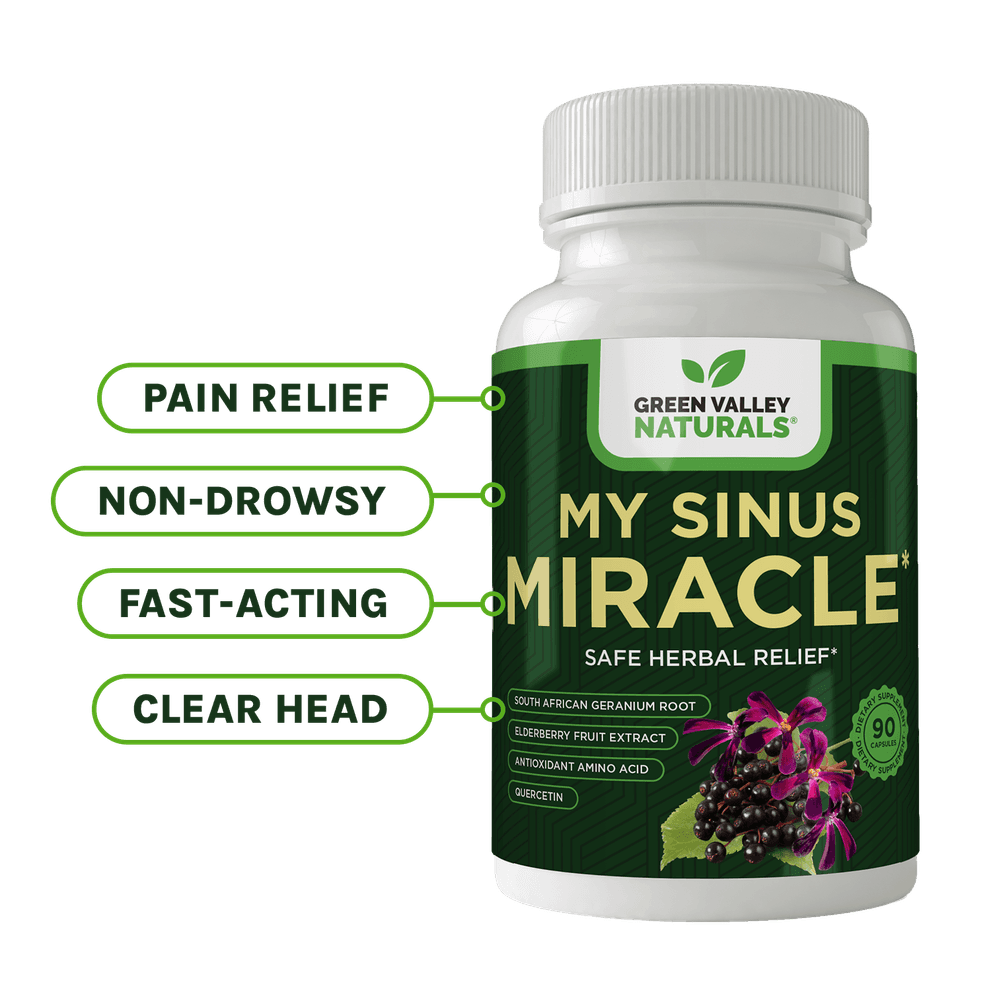
Imagine waking up without the constant ache that holds you back from enjoying life’s simplest pleasures.
Chronic pain affects millions, stealing sleep, mobility, and joy—but what if the solution isn’t in a pill bottle? From surprising therapies to natural remedies, groundbreaking strategies are emerging that can offer lasting relief. Could one of these be the answer you've been seeking?
Key Takeaways
- Exercise as Medicine: Regular, gentle exercise improves blood flow, strengthens muscles, and nourishes joints, reducing pain and preventing stiffness.
- Anti-Inflammatory Diet: Foods rich in omega-3s and anti-inflammatory compounds, like turmeric and blueberries, can naturally alleviate pain.
- Hyperbaric Oxygen Therapy (HBOT): This innovative treatment boosts oxygen delivery to damaged tissues, supporting healing and reducing chronic pain.
Chronic Pain: A Public Health Crisis
According to a report from the Centers for Disease Control and Prevention, about 50 million American adults are living with chronic pain. 1 And if you’re one of these pain sufferers, I don’t need to tell you it takes a toll on all aspects of your life.
In search of relief, Americans are becoming over-dependent on addictive pain meds, such as opioids, which has led to a national health crisis.
Sadly, chronic pain issues may snowball, leading to other health issues such as anxiety and depression. Those of us in constant pain often find ourselves cutting back on favorite activities like gardening or golf or giving them up altogether.
Pain can also wreck your sleep, and insufficient sleep is a cause of much more severe problems such as cancer and dementia.
Natural Solutions to Chronic Pain
For most of us, pills are probably the first go-to solution – whether natural supplements, over-the-counter painkillers, or from a doctor’s prescription.
But there are other, sometimes better ways to tackle pain. You may be able to get by on fewer pills, or none at all. . .
Exercise Your Pain Away
There are many reasons to exercise, but you might be surprised to learn that pain management is one of them -- even considering that many of us feel more pain after exerting ourselves.
Regular exercise is critical in the relief of pain because it helps strengthen muscles, increases joint mobility, improves sleep, and reduces overall pain.
In the Ultimate Guide to Conquering Pain, author Robert Kroening explains why exercise is a cornerstone of pain management.
“Exercise provides more blood supply to the joints, which normally experience far less blood (and thus oxygen) presence than other bodily tissues,” he writes. “Even if arthritis prevents very much exercise at all, it’s important to move the joints if possible. If you don’t, virtually all movement will eventually become too painful.”
Additionally, ligaments, tendons, and cartilage are nourished by the additional blood flow and, in turn, stay supple. This prevents injury to the joint, reducing discomfort in those times when we “make a bad move” and put too much strain on a limb or joint.
So look for ways to gently exercise without stressing your body – start with stretching, then try to take walks – and gradually increase your exercise regimen as you become stronger.
Foods that Fight Inflammation
Unsurprisingly, a healthy diet featuring a wide range of vitamins and minerals is essential. But for the millions of folks who face pain caused by inflammation, such as arthritis, it’s even more important to eat certain foods.
Robert Kroening’s book weighs in on the benefits. “Diet has been clinically demonstrated to help rheumatoid arthritis, but few studies have been conducted … why is that?” he asks. “Because treating arthritis with drugs is big business.”
Kroening gives high marks to inflammation fighters such as the spice turmeric (curcumin), which is clinically proven to reduce inflammation. He also points to the inflammation-fighting benefits of omega-3-rich foods such as flax and cold-water fish, nuts, blueberries, and cruciferous vegetables. He also suggests eliminating grains and sugar.
Many people have had success in identifying “trigger foods” that cause them pain. Gluten is a prime suspect, so it’s worth going three months without wheat, barley, and rye products to see if pain and other symptoms go away. For an effective test, you have to be very strict and do without gluten entirely – no cheating!
Hyperbaric Oxygen Therapy
Hyperbaric oxygen therapy (HBOT) involves breathing pure oxygen in a pressurized room or in a small bed that’s enclosed in an airtight tent. It’s the accepted treatment for decompression sickness, also called the bends, a hazard of scuba diving. But beyond that, most people don’t know about the many other medical applications of HBOT.
While you sit or lie in the special chamber, it’s pumped full of pure oxygen at a pressure three times higher than the outside air. Under these conditions, your lungs can gather more oxygen than would be possible from breathing pure oxygen at normal air pressure.
Here’s Why it Can Help with Chronic Pain …
Your body's tissues need a steady supply of oxygen to function. When tissue is injured, it requires even more oxygen to survive and regenerate itself. HBOT increases the amount of oxygen your blood can carry. In turn, this increase in blood oxygen temporarily creates high levels of oxygen in nearly all the body’s tissues.
In effect, the high pressure “pushes” the oxygen into places it normally wouldn’t reach. For this reason, HBOT can be very effective in treating stroke patients, in whom parts of the brain are starved for oxygen, resulting in paralysis or loss of other functions like speech. I wrote a book about this subject years ago, and I think it’s shameful the mainstream medical profession STILL doesn’t offer HBOT to stroke patients who have lost speech or mobility.
But, getting back to pain, in a 2016 study researchers examined the role of HBOT in 24 different animal and human clinical trials. They found the treatment showed promise in pain relief, although I would like more studies to confirm this finding in chronic pain patients. 2 The treatment is safe, and I believe it’s worth a shot for people who can’t seem to get pain relief by other means.
Your conventional doctor will probably not help you get hyperbaric oxygen therapy, so your best bet is to consult an alternative or integrative doctor. He or she may be able to give you a prescription and direct you to facilities in your area that offer HBOT.
Summary
Chronic pain impacts 50 million American adults, often leading to reliance on risky medications and a diminished quality of life. But effective alternatives exist. Exercise enhances joint mobility and reduces pain through improved blood flow. Anti-inflammatory foods like turmeric, flax, and blueberries can ease symptoms naturally. Hyperbaric oxygen therapy (HBOT) offers a cutting-edge way to promote healing by delivering high concentrations of oxygen to tissues. These methods, combined with personalized strategies, empower pain sufferers to reclaim their lives without relying solely on medication.
Frequently Asked Questions
What is hyperbaric oxygen therapy (HBOT)?
HBOT involves breathing pure oxygen in a pressurized chamber to increase oxygen delivery to tissues, promoting healing and reducing pain.Which foods are best for reducing inflammation?
Foods like turmeric, flaxseed, cold-water fish, blueberries, and cruciferous vegetables are powerful inflammation fighters.Exercise improves blood flow, strengthens muscles, and nourishes joints, reducing stiffness and pain over time.

